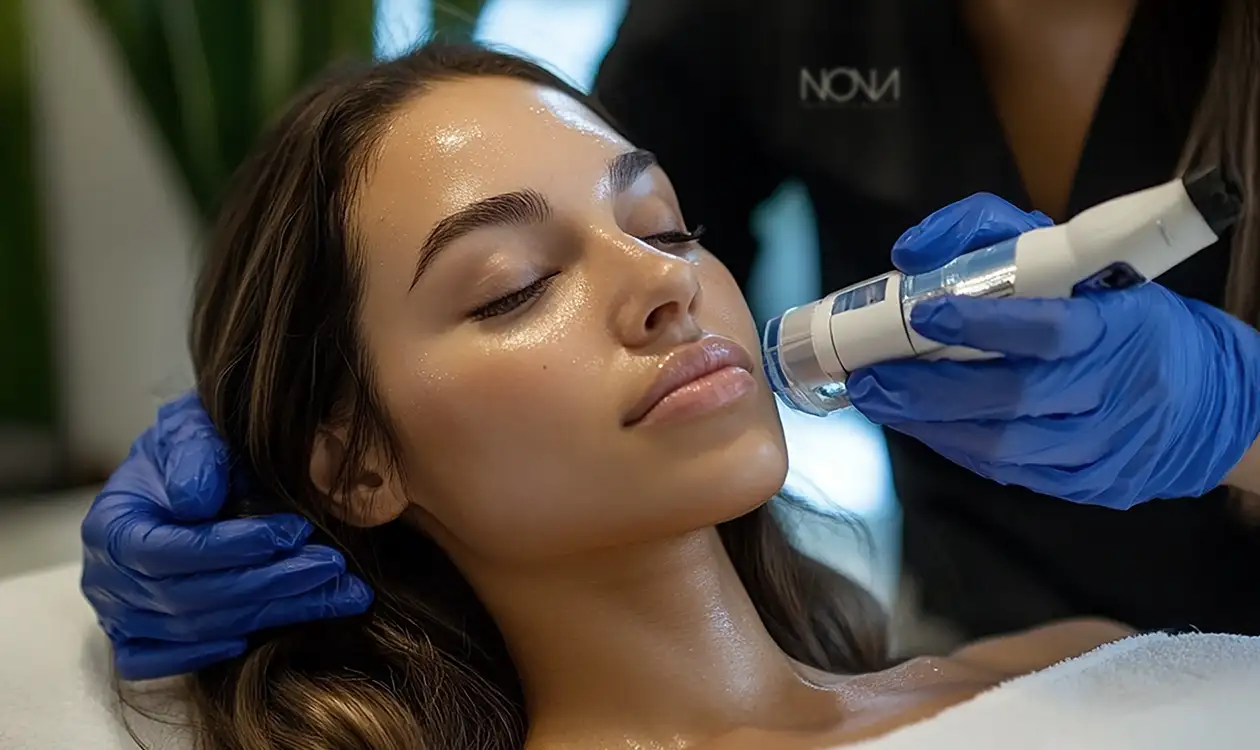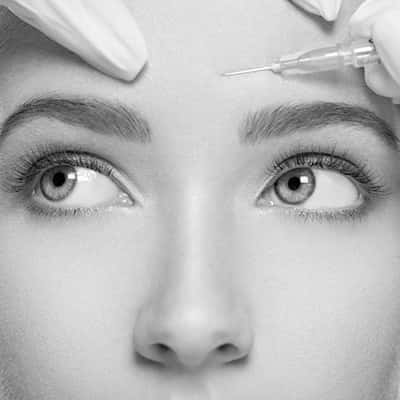Imagine this: you’re lying back in a soothing spa chair or seated in a clinic room, and someone tells you that microscopic messengers exosomes are about to transform your skin or aid your healing. It sounds like science fiction, but exosome therapy is real. Even more intriguing: there are two major types gaining attention: one designed for aesthetic concerns and the other developed for medical and therapeutic use.
This article peels back the layers to explore why these tiny vesicles hold so much promise and which one might be right for your needs.
ASCE Exosome Therapy: Aesthetic Rejuvenation with a Scientific Edge
The exosome therapies encompass the use of nano-sized vesicles derived from plants or stem cells, which undergo freeze drying and rehydration to prepare the final topical serums. These exosomes abound in microRNAs, peptides, hyaluronic acid, and other antioxidant substances such as glutathione.
Being small enough to be 1,000 times smaller than a skin cell, these precious vesicles penetrate deep into the dermis. There, they instruct skin cells to ramp up collagen and elastin production while calming down inflammation, which eventually improves the texture, tone, hydration, and elasticity of the skin.
Most of the time, these skin impacts may be noticed from 2 to 3 or 4 weeks after treatment. Treatments usually involve about 3 to 5 sessions, with each series spread out over weeks. Occasionally, there may be some touch-up treatments for maintenance purposes. These injections are sometimes followed by microneedling or radiofrequency treatments to enhance dermal absorption.
They’re especially cherished for being natural therapies with no synthetic chemicals and no downtime for surgical intervention, offering gentle, scientifically backed nurture to enhanced, glowing skin.
Bio Science Exosome Therapy: A Regenerative Medical Frontier
Unlike those destined strictly for aesthetic ends, bio-science exosomes are derived from adipose-derived mesenchymal stem cells (AD-MSCs). They are made under sterile conditions in the laboratory and purified extensively to ensure product safety and effectiveness. Being a cell-free therapeutic agent, in contrast to whole stem cell therapies, they constitute a much safer alternative and are non-immunogenic.
The vesicles carry proteins, lipids, and nucleic acids that aid cellular regeneration and repair. They deliver anti-inflammatory substances, stimulate angiogenesis, and in turn, promote tissue repair.
Therapeutic exosomes are still being researched today, and may find use in everything from post-joint and tendon recovery, neurological support, chronic wound healing, and immune system regulation. Meanwhile, they are increasingly becoming promising candidates in dermatology for fibrosis and scar revision, as well as hair loss from medical conditions.
Administration of bio-science exosomes requires medical supervision, either by injection or through scaffold-supported delivery systems. They adhere to strict GMP (Good Manufacturing Practice) protocols for sterility testing and quality control prior to any clinical application.
ASCE vs. Bio Science: What’s the Difference?
While both types of exosomes support cellular communication and regeneration, their uses, delivery methods, and evidence bases are quite different.
Aesthetic exosomes are generally used topically and fall under the cosmeceutical category. They’re designed for external rejuvenation, think smoother skin, smaller pores, and improved brightness. Their regulatory oversight is minimal compared to medical products, and most evidence supporting their use comes from case studies and small-scale trials.
Bio science exosomes, on the other hand, are subject to more rigorous clinical and scientific protocols. They’re used in medical contexts, such as orthopaedics, neurology, and dermatology, and are typically administered through injection. The research supporting their benefits includes both preclinical studies and early-phase human trials.
In short: if your goal is to refresh and enhance the appearance of your skin, aesthetic exosomes offer a non-invasive path. If you’re looking to recover from an injury, manage inflammation, or support systemic healing, therapeutic exosomes are the more suitable option.
Which One Fits Your Goals?
If you desire an improved glow to the skin, a youthful radiant appearance, or are marring scars and hyperpigmentation with exosomes, this treatment is probably the right choice for you. It poses low risks, is injury-free, and can be done alongside other skin treatments.
But if you go for recovery from a surgery, suffer from joint pain, or want to go non-invasive for some quite serious health problems, then therapeutic exosome therapy can offer you systemic, longer-lasting advantages. While the treatments are still in the experimental stage, their applications in regenerative medicine are rapidly expanding.
Safety, Ethics, and the Questions You Should Ask
Before choosing any exosome therapy, it’s wise to ask:
- What is the source of the exosomes? Are they derived from plants or human stem cells?
- How are they processed? Is the product GMP-certified and tested for sterility?
- Is there research supporting their use for your specific condition or concern?
- Are you receiving care from a qualified professional who can guide you safely?
Being informed is your best protection and your best path to seeing real, meaningful results.
Where Exosomes Are Headed
The future of exosome therapy is bright and expanding quickly. We can expect to see:
- Personalized exosome formulations using a patient’s own cells.
- Smart delivery systems that guide exosomes to specific tissues or organs.
- Enhanced regulation and standardization for safety and efficacy.
- Clinical studies investigating their role in chronic diseases, ageing, immune disorders, and more.
- The use of exosomes as vehicles for targeted drug delivery, potentially revolutionizing treatment for cancer, infections, and neurological conditions.
Final Takeaway
Exosome therapy is opening doors in both the aesthetic and medical fields. Whether you’re aiming for smoother skin or exploring advanced healing options, these nano-sized messengers could play a valuable role in your journey.
The key is clarity: know what you’re being offered, ask questions about safety and sourcing, and always work with providers who prioritise transparency and evidence-based care. Exosomes may be small but the decisions you make around them are big.









